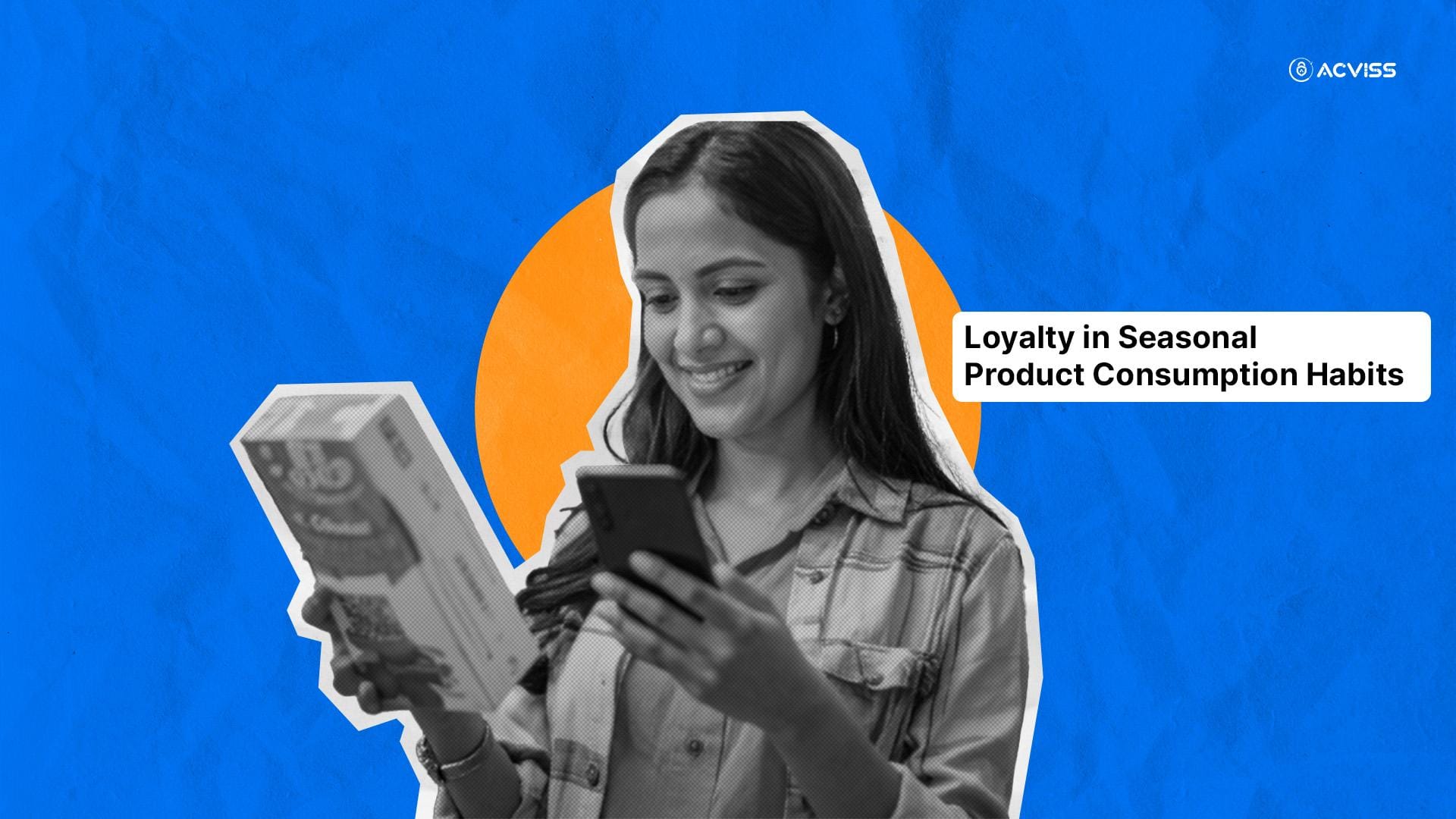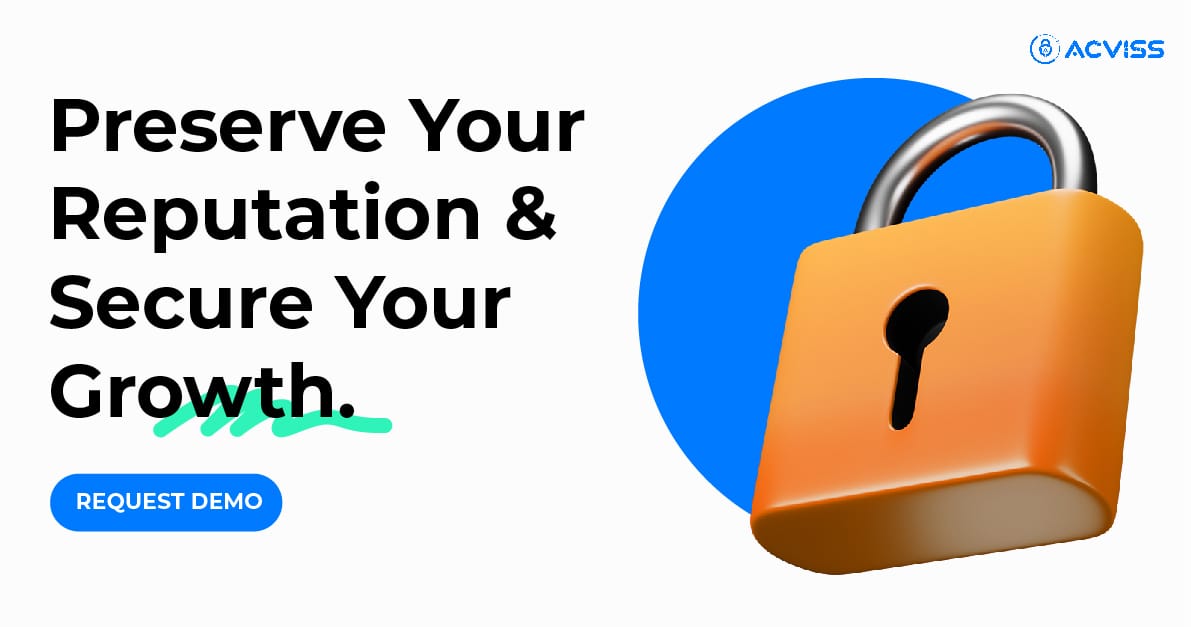How Your Brand Can Turn Seasonal Sales into Long-Term Customer Loyalty

This is a very common problem for every brand or business out there. Especially those who are in the retail industry. I am talking about the sudden spike in business during some part of the year, and then everything drops again. Have you ever noticed this? This usually happens to seasonal products; for example, geyser sales may increase during winters or air conditioner demand during summers. During festival season, people buy clothes and electronics. For a few weeks, your brand is everywhere.
But once the season passes? Silence. The rush fades, customers move on, and by the next cycle, many can’t remember your brand’s name.
That’s a missed opportunity. Loyal customers spend 67% more than new ones, and even a modest 5% increase in retention can boost profits by 25–95%. For seasonal product brands, it’s very important to take these numbers seriously if you want to survive in the market.
In this blog, we’ll break down exactly how to transform those one-off seasonal purchases into a steady stream of repeat customers. The goal? Make your brand the default choice when the next seasonal rush hits, year after year.
Understanding Seasonal Buying Behaviour
Seasonal purchases are not casual. They’re driven by necessity, timing, and emotion, which we call mission purchases.
For example:
- Geysers in winter – urgency peaks as temperatures drop.
- Air conditioners in summer – driven by comfort and survival.
- Paint during festivals or spring – tied to tradition, pride, and renewal.
- Electronics in festive seasons like Diwali – influenced by offers, status upgrades, and family bonding.
These purchases are deeply personal. People aren’t buying a geyser for fun; they’re ensuring their family has hot water in the morning. A festive TV purchase is about creating moments with loved ones. Paint for a festival is a statement of pride in one’s home. All these purchases are a pattern, and a brand needs to notice this so it can make the most out of it.
The key opportunity? These cycles repeat predictably. Brands that map and anticipate these peaks and maintain relevance during the months when there is not much demand, as well, can turn one-season sales into lifetime loyalty. Basically, showing up only during the season time may not get you where you need to be; you have to be consistent throughout the year, strategically in your customer’s mind the moment they purchase a product from you.
While you can keep doing some or the other activities throughout the year, like small campaigns or events, advertisements and more, there is one factor that you need to build, which is the maker or breaker of all the efforts you put into your marketing, Loyalty. Keep reading to get into its depth.
Why Loyalty is Crucial for Seasonal Products

For seasonal brands, the gap between purchases is a loyalty killer. Months of silence give competitors the chance to slide in with better offers or louder campaigns.
Loyalty is your insurance policy against that. It pays off in measurable ways:
- Loyal customers are 31% more likely to try your new products.
- They have higher lifetime value (LTV), meaning more revenue over time.
- Emotional loyalty makes switching harder; people return because they trust you, not just because of a discount.
And here’s the kicker: 80% of customers expect personalised experiences, while 63% will drop a brand that doesn’t deliver them. For seasonal products like geysers, electronics, or paint, personalisation is what keeps your brand alive in the off-season.
When loyalty is baked into your seasonal product strategy, the conversation shifts from “How do we get new customers?” to “How do we keep the great ones we already have?”
Wondering how you achieve this? We got it covered.
Top Loyalty-Building Strategies for Seasonal Products
Seasonal brands can’t just fight for attention during peak sales; they need to nurture loyalty all year round. Here’s how:
a. Personalise Every Step of the Journey
Generic marketing is forgettable. Use customer purchase history to send tailored and triggered nudges:
- Maintenance reminders before the next season (e.g., “Check your geyser’s heating coil before winter”).
- Complementary product suggestions post-purchase (e.g., brushes and rollers after buying paint).
Example: AO.com, an electronics retailer, saw 45% higher revenue through hyper-personalised campaigns.
b. Keep Customers Engaged Off-Season
Don’t disappear when the rush ends, keep value flowing:
- Educational content: “How to Store Paint Properly” or “Extend the Life of Your Electronics”.
- Micro-engagements: quizzes, polls, or contests like “Show Off Your Painted Wall”.
- Offline events, campaigns or sales: Off-season sale to attract buyers, or some event like game shows with gifts and discounts, just to keep your customers engaging and keep you in their minds.
Outcome: This soft-touch engagement keeps your brand top-of-mind without sales fatigue.
c. Incentivise Repeat Purchases with Smart Rewards
Loyalty programs work if they’re creative:
- Points for purchases, referrals, and reviews.
- Bonus points for early-season or off-season purchases to smooth demand dips.
- Gamify: a paint buyer earns points for uploading before-and-after room photos.
Stat: Loyalty members spend 31% more than non-members.
d. Address Trust with Authenticity Tools
In categories like electronics, fashion, paint, and geysers, counterfeit risk can reach 30%. Fakes erode confidence and loyalty.
To keep this from happening, you can use methods like offering product verification at purchase via QR codes.
Stat: 70% of customers prefer brands with visible authenticity measures.
💡Pro tip: Certify by Acviss ensures customers know your product is genuine right from their first interaction. |
|---|
Customer Journey Mapping for Seasonal Products

Seasonal brands can’t afford to “wing it” when it comes to engagement. You need an intentional, lifecycle-driven approach:
There are 4 stages of a customer journey. Let’s understand it with the following table.
Stage | Strategy | Why It Works / Example |
Awareness | Launch seasonal campaigns with strong emotional hooks, “Cosy winters start with your geyser,” “Fresh walls, fresh beginnings this spring,” or “Festive electronics for brighter celebrations.” Use targeted ads, influencer tie-ups, and localised creatives. | Emotion-led messaging taps into seasonal urgency and helps customers visualise the product in their lifestyle. For example, a paint brand could run AR try-on ads during spring cleaning season. |
Purchase | Ensure a frictionless checkout (fast-loading site, multiple payment modes, no hidden costs) and build trust with verified authenticity solutions like Certify by Acviss. Add limited-time bundles or loyalty-only discounts to encourage immediate conversion. | Seasonal buyers often shop in a hurry, and any checkout barrier risks abandonment. Trust markers reduce hesitation, especially in high-fraud categories like electronics and premium paints. |
Post-purchase | Send tailored how-to guides, usage tips, or care instructions (e.g., “How to maintain your geyser for next winter” or “5 ways to make paint last longer”). Invite reviews, run photo contests (“Show off your painted wall”), and suggest complementary products. | Off-season education and light engagement keep the brand top-of-mind without spamming. It also drives UGC, which boosts credibility for next season. |
Retention | Leverage past purchase data to create personalised offers and automated reminders before the next buying peak. Offer early-bird discounts or bonus loyalty points for pre-season purchases. | Predictive re-engagement ensures customers return before competitors even start advertising. For example, send a special “Welcome back for winter” geyser upgrade offer in early October. |
Common Loyalty Challenges (and How to Solve Them)
Challenge | Solution |
Drop in off-season sales | Educational content, contests, and care tips to keep customers engaged year-round. |
High competition | Emotional branding + personalisation to create stickiness beyond discounts. |
Counterfeits | Product authentication tools like Certify by Acviss for instant verification. |
Lack of repeat purchase behaviour | Structured rewards program with Bonus by Acviss to encourage early and repeat buying. |
Examples & Data-Backed Inspiration

- Nike HK: Achieved a 110% revenue increase through post-purchase automation.
- AO.com: Drove 45% of revenue from content sent after the purchase.
- Loyalty impact: Members spend 67% more on average.
- Trust factor: 70% of customers prefer brands that provide product authenticity verification, a role Certify by Acviss fulfils perfectly.
How Acviss Powers Loyalty & Trust for Seasonal Brands
Bonus by Acviss – Reward Beyond the Season
Turn seasonal buyers into year-round customers with gamified loyalty programs. Offer points for purchases, reviews, and referrals, even in the off-season.
Certify by Acviss – Trust at First Scan
Give every product a non-cloneable QR code so customers can instantly verify authenticity, building confidence in every purchase.
Stay Top-of-Mind, All Year
Combine rewards with trust to keep customers engaged, loyal, and ready for their next purchase cycle.
Ready to build lasting loyalty? Explore Acviss Solutions
Conclusion
A well-mapped customer journey for seasonal products can become a predictable revenue stream. By properly planning each stage of a customer lifecycle, from awareness to retention, you don’t just capture a one-time purchase; you plant the seeds for repeat business year after year. Seasonal demand may be cyclical, but with smart engagement, authenticity, and loyalty triggers, your relationship with customers can be continuous and compounding. This can be achieved by earning customer loyalty.
But let’s be very clear, loyalty isn’t just about collecting points; it’s about building relationships. Seasonal products may be temporary in demand, but the connection you create can be permanent.
Investing in smart loyalty programs and transparency solutions lays the foundation for a business customers return to, year after year, season after season. Get in touch with our experts today to learn more about how these solutions can empower your brand growth.
Frequently Asked Questions
1. How do you market seasonal products year-round?
Focus on off-season engagement via content, care tips, contests, and loyalty points. Keep customers connected through emails, personalised offers, and service updates.
2. What is the best loyalty strategy for seasonal brands?
Offer points or rewards for early-season purchases, referrals, and off-season actions like reviews or UGC sharing. Use data to personalise and automate engagement.
3. How can I prevent counterfeiting in my seasonal products?
Use product authentication tools like Certify by Acviss. These verify product legitimacy via QR or blockchain, ensuring trust and reducing returns or complaints.
4. What kind of content works off-season for seasonal items?
Maintenance tips, storage guides, DIY ideas, or quizzes help keep engagement alive. Think “How to prep your geyser for winter” or “Creative ways to use leftover paint.”
5. Are loyalty programs effective for products bought once a year?
Yes, if designed smartly. Reward behaviours beyond purchases, like referrals or reviews. Give early-access deals or bonus points for repeat seasonal shopping.
